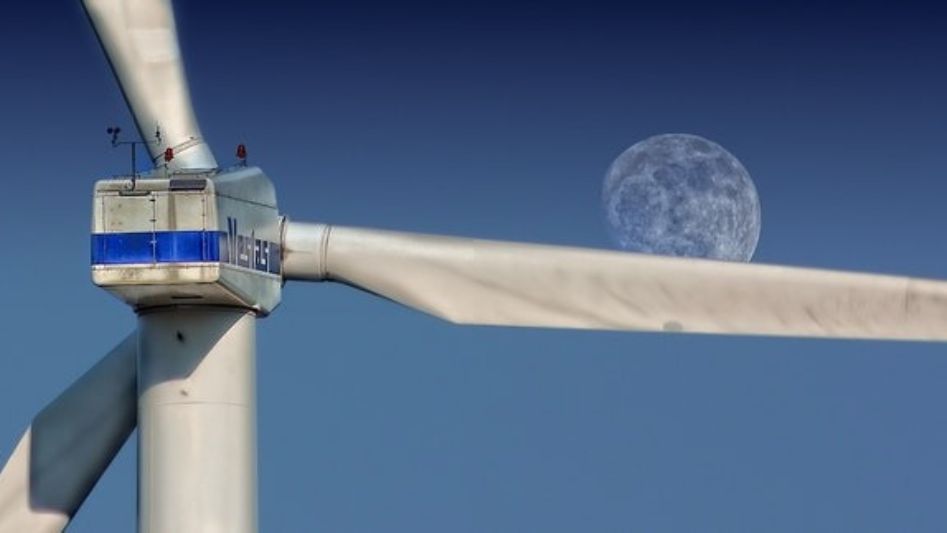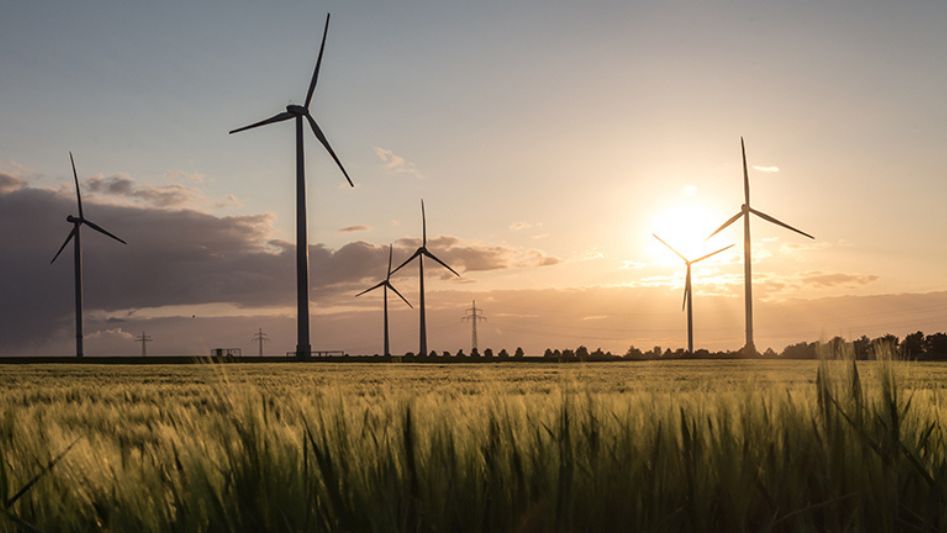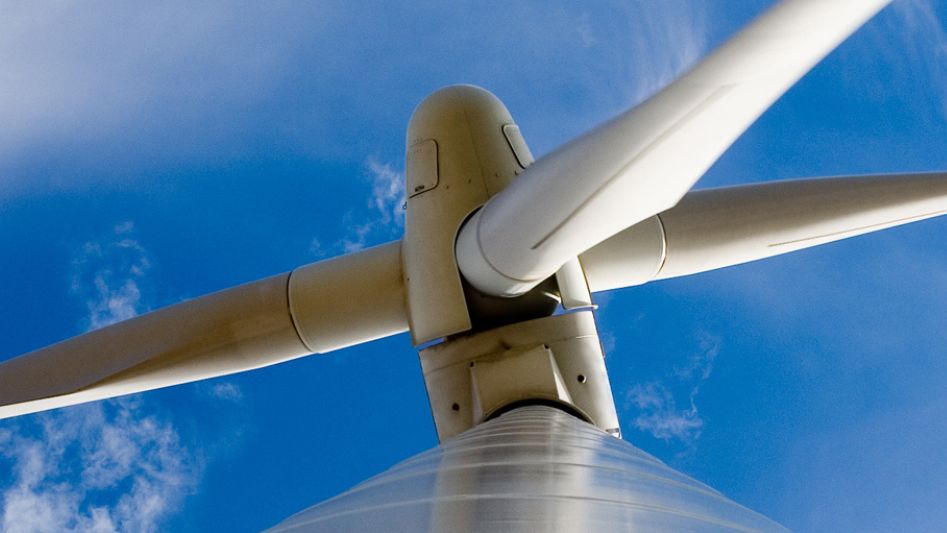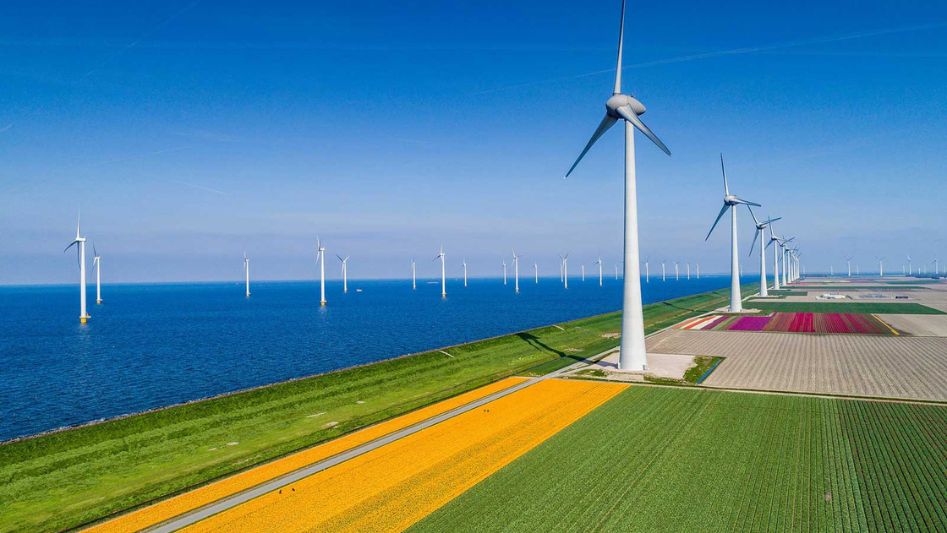In recent years, the world has witnessed a significant shift towards renewable energy sources as a means to combat climate change and reduce reliance on fossil fuels. Among the various forms of renewable energy, wind power has emerged as a prominent contender. Both offshore and onshore wind farms have gained traction globally, but a question persists: which is the future of renewable energy? In this comprehensive article, we will delve into the nuances of offshore and onshore wind energy, comparing their advantages, disadvantages, and potential for future growth.
Table Of Content
We invite you to read: “Hitachi Energy Collaborates with SPIC to Deliver Offshore Platform Solutions”

Offshore Wind Energy: Harnessing the Power of the Seas
Offshore wind energy refers to wind farms situated in bodies of water, typically in oceans or large lakes. These wind farms consist of turbines mounted on fixed foundations or floating structures. Offshore wind has garnered attention due to its vast potential for generating clean and sustainable electricity. Let’s explore the key aspects of offshore wind energy.
Advantages of Offshore Wind Energy
- Abundance of Wind: Offshore locations often experience stronger and more consistent winds compared to onshore areas. The unobstructed flow of wind over water bodies enables offshore wind farms to capture higher wind speeds, resulting in increased energy production.
- Greater Energy Potential: Offshore wind farms have the potential to generate a significantly higher amount of electricity compared to onshore wind farms. The vast expanses of oceans and seas offer ample space for larger turbines and more efficient power generation.
- Reduced Visual Impact: By being located farther offshore, wind farms are less visible from the coast, reducing the visual impact on the landscape. This aspect is crucial for preserving the aesthetic appeal of coastal areas and addressing potential concerns from local communities.
- Reduced Noise Pollution: The distance between offshore wind farms and residential areas helps minimize the impact of noise pollution, ensuring a quieter living environment for nearby communities.
Disadvantages of Offshore Wind Energy
- Higher Costs: The installation and maintenance costs of offshore wind farms are generally higher than onshore wind farms. The challenging marine environment, complex infrastructure, and specialized equipment required contribute to the increased expenses.
- Technological Challenges: Offshore wind farms face engineering and logistical challenges due to the harsh marine environment. The construction and maintenance of turbines in deep waters necessitate innovative designs and robust engineering solutions.
- Limited Experience: Although offshore wind has been gaining momentum, it is still a relatively new technology compared to onshore wind. The limited experience in offshore wind projects may pose uncertainties and challenges in terms of project development and operations.
- Environmental Impact: While offshore wind energy is a clean source of electricity, the construction and operation of wind farms can have localized impacts on marine ecosystems, including noise disturbance during installation and potential disruption to marine life.
We invite you to read: “LS Cable & System Named Preferred Supplier for 400 MW Offshore Wind Development in Korea”

Onshore Wind Energy: Harnessing the Power of the Land
Onshore wind energy involves the installation of wind turbines on land, typically in open areas, rural regions, or mountainsides with consistent wind patterns. Onshore wind farms have been a prevalent form of renewable energy for several decades. Let’s explore the key aspects of onshore wind energy.
Advantages of Onshore Wind Energy
- Cost-Effectiveness: Onshore wind farms are generally more cost-effective to develop and maintain compared to offshore wind farms. The simpler installation process, accessibility of equipment, and proximity to existing power infrastructure contribute to lower overall costs.
- Established Technology: Onshore wind energy has been commercially available for a longer period, resulting in a well-established and mature industry. The accumulated experience, knowledge, and expertise have led to standardized practices, streamlined operations, and optimized energy production.
- Easier Maintenance: The accessibility of onshore wind turbines simplifies maintenance and repair activities. Technicians can easily reach the turbines for routine inspections, ensuring optimal performance and minimizing downtime.
- Proximity to Demand Centers: Onshore wind farms can be strategically located near populated areas and electricity demand centers, reducing transmission losses and facilitating efficient power distribution.
Disadvantages of Onshore Wind Energy
- Land Use Conflict: Onshore wind farms require significant land areas, which can lead to conflicts with other land uses, such as agriculture or protected natural areas. Balancing the need for clean energy with land conservation and other human activities can be a complex challenge.
- Visual and Noise Impact: The visibility and noise generated by onshore wind farms can be perceived as drawbacks by nearby communities. Addressing aesthetic concerns and potential noise pollution is crucial for the successful integration of onshore wind energy projects.
- Wind Variability: Onshore wind speeds may vary significantly due to the surrounding topography and local weather patterns. This variability can impact the predictability and consistency of power generation, requiring careful site selection and wind resource assessment.
- Limited Expansion Potential: The availability of suitable land areas for onshore wind farms may become limited over time, especially in densely populated regions or areas with competing land uses. This limitation could pose challenges for scaling up onshore wind energy in the future.
We invite you to read: “First Turbine Blades for Vineyard Wind 1 Arrive on US Shores”

Conclusion
Comparing offshore and onshore wind energy reveals that both have their unique advantages and challenges. Offshore wind farms offer abundant wind resources, greater energy potential, reduced visual impact, and minimized noise pollution. However, they face higher costs, technological challenges, limited experience, and potential environmental impacts. On the other hand, onshore wind farms offer cost-effectiveness, established technology, easier maintenance, and proximity to demand centers. Nevertheless, they face challenges related to land use conflicts, visual and noise impacts, wind variability, and limited expansion potential.
FAQs
Are offshore wind farms more expensive to build and maintain than onshore wind farms?
Yes, offshore wind farms generally have higher construction and maintenance costs compared to onshore wind farms. The complex marine environment, specialized equipment, and logistics contribute to the increased expenses.
Which type of wind energy has the potential to generate more electricity?
Offshore wind farms have the potential to generate more electricity compared to onshore wind farms due to higher wind speeds and larger turbine capacities.
Are there any environmental concerns associated with offshore wind energy?
While offshore wind energy is considered a clean source of electricity, the construction and operation of offshore wind farms can have localized environmental impacts. These include noise disturbance during installation and potential disruption to marine ecosystems.
You May Also Like
- Harnessing the Wind: Germany’s Return to Wind Power Supremacy
- A Green Alliance: Carbon Neutrality’s Co-benefits for Solar and Wind Energy
- Massive Offshore Wind Venture: Orchid Energy Introduces 10 GW Plans for Queensland
- Dutch Takes Unprecedented Step to Protect Migratory Birds, Halts Offshore Wind Turbines
- A Guide to Offshore Wind Farm Development and Construction

